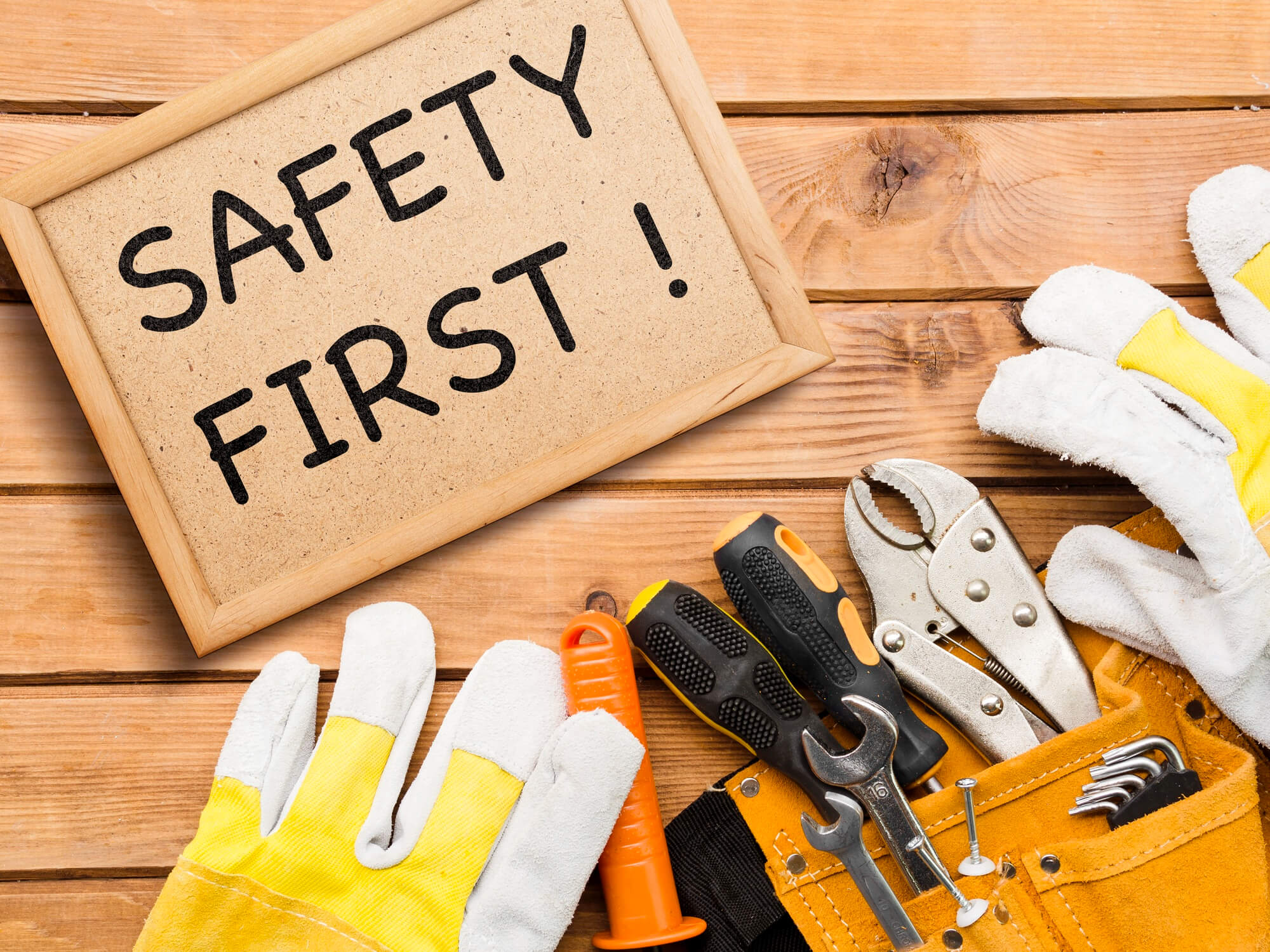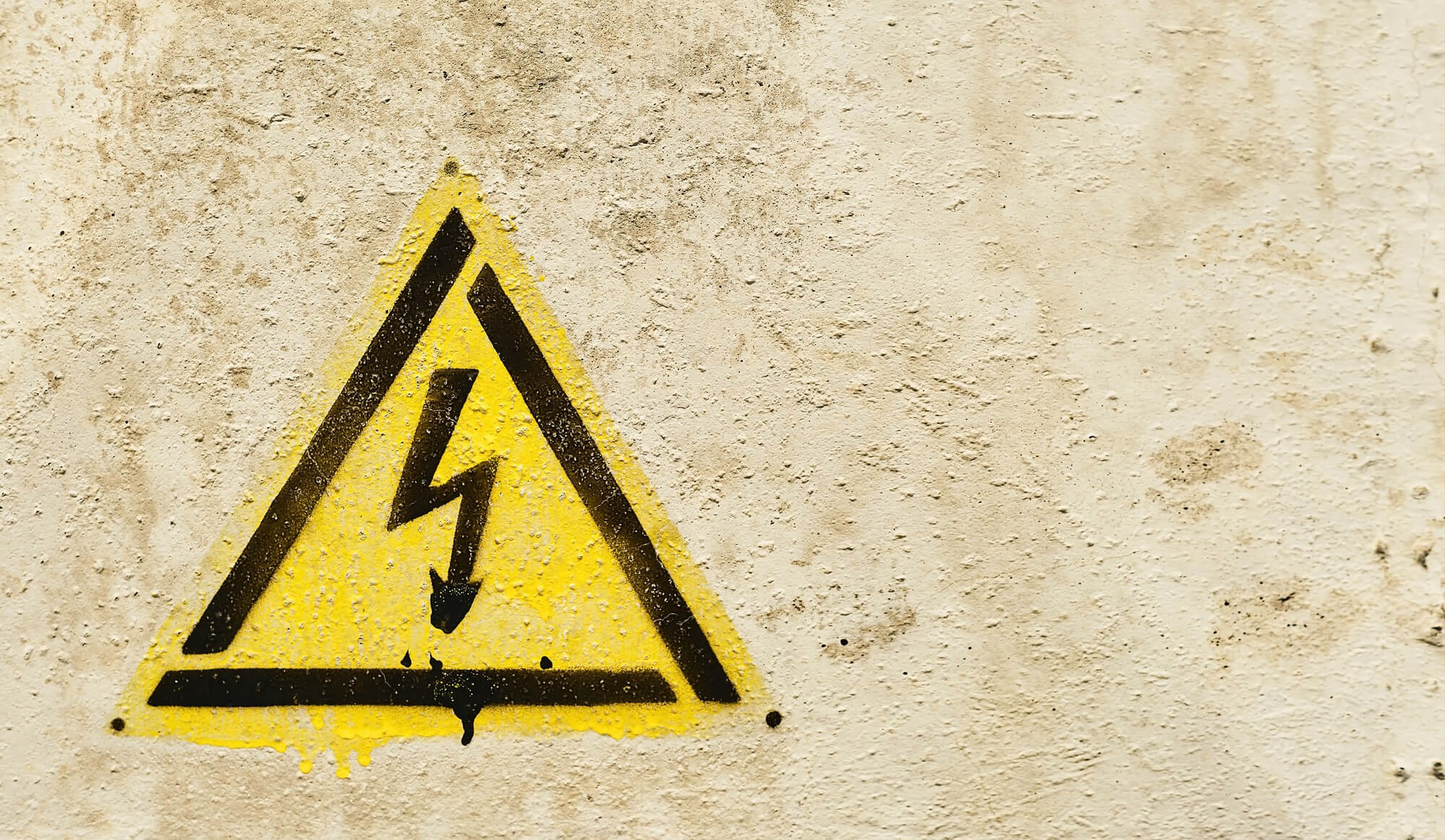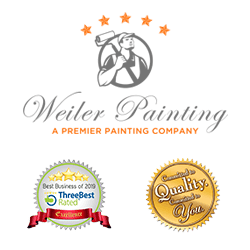As a professional painter or decorator, it’s essential to stick to health and safety regulations to protect yourself, your clients, and your colleagues. This guide outlines crucial health and safety aspects of painting and decorating to help you maintain a safe working environment.
Understanding the Regulations
Before starting any painting or decorating project, familiarize yourself with the relevant health and safety regulations, including:
Occupational Safety and Health Administration (OSHA) guidelines for painters and decorators.
Local and regional safety codes and regulations.
Industry-specific safety standards.
Personal Protective Equipment (PPE)
Wearing appropriate PPE is vital for painters and decorators. PPE includes:
Safety goggles or glasses: to protect against eye injuries from flying debris or paint splashes.
Gloves: to protect your hands from chemicals, abrasions, and cuts.
Respiratory protection: masks or respirators to guard against fumes and dust.
Protective clothing: coveralls or aprons to shield your skin and clothes from paint and chemicals.
Slip-resistant footwear: to prevent slips and falls on wet surfaces.
Ladder Safety
Ladders are a standard tool for painters and decorators. Follow these ladder safety guidelines:
Choose the right ladder: Use a ladder with the appropriate height and weight capacity.
Inspect the ladder: Before use, check for any defects, such as broken or loose steps.
Position the ladder properly: Set it on a stable, level surface and ensure it’s securely in place.
Climb safely: Maintain three points of contact (both hands and one foot, or both feet and one hand) when ascending or descending a ladder.
Don’t overreach: Keep your body centered between the ladder rails and avoid leaning too far to the side.
Chemical Safety
Paints, solvents, and other decorating materials may contain hazardous chemicals. To ensure chemical safety:
Read and follow manufacturer instructions: Understand proper handling, storage, and disposal methods for each product.
Ventilate workspaces: Ensure adequate ventilation when using chemicals to reduce the risk of inhaling harmful fumes.
Use chemical-resistant containers: Store chemicals in appropriate containers to prevent leaks and spills.
Dispose of chemicals safely: Follow local regulations for disposing of hazardous materials.
Electrical Safety
Electrical hazards can pose significant risks for painters and decorators. Take these precautions:
Turn off the power: Disconnect to the workspace outlets, switches, and fixtures.
Use ground fault circuit interrupters (GFCIs): Plug electrical equipment into GFCIs to protect against electrocution.
Avoid water and wet surfaces: Keep electrical equipment from moisture, and never use electrical tools while standing on wet surfaces.
Ergonomics and Safe Work Practices
Painting and decorating often involve repetitive movements, heavy lifting, and awkward postures. Implement these ergonomic tips and safe work practices:
Rotate tasks: Switch between tasks to reduce strain on specific muscles and joints.
Take breaks: Schedule regular breaks to rest and stretch your muscles.
Use proper lifting techniques: Bend your knees and keep your back straight when lifting heavy equipment. Seek assistance if needed.
Adjust work heights: Use flexible platforms or scaffolding to work at comfortable heights and avoid overreaching.
Training and Communication
Ongoing training and clear communication are essential components of a safe painting and decorating environment:
Offer safety training: Ensure that all employees receive training in health and safety regulations, PPE usage, and safe work practices.
Conduct regular safety meetings: Meet to discuss safety issues, share updates, and address concerns.
Encourage open communication: Foster a culture where employees feel comfortable reporting safety concerns or suggestions without fear of retaliation.
Emergency Preparedness
Being prepared for emergencies is an essential aspect of maintaining a safe working environment:
Develop an emergency plan: Create a plan outlining the actions to take in cases of an emergency, such as fires, chemical spills, or injuries.
Provide first aid kits: Ensure that all work areas have accessible first aid kits stocked with essential supplies.
Train employees in first aid: Encourage employees to obtain first aid and CPR training to respond effectively in emergencies.
Post emergency numbers: Display important contact numbers in visible locations, such as local emergency services and poison control centers.
Conclusion
By adhering to health and safety regulations and implementing best practices in painting and decorating, you can create a safe working environment for yourself and others with Weiler Painting. Regular training, proper use of PPE, and a strong focus on communication and emergency preparedness will help ensure that you and your team can complete projects efficiently and safely.



